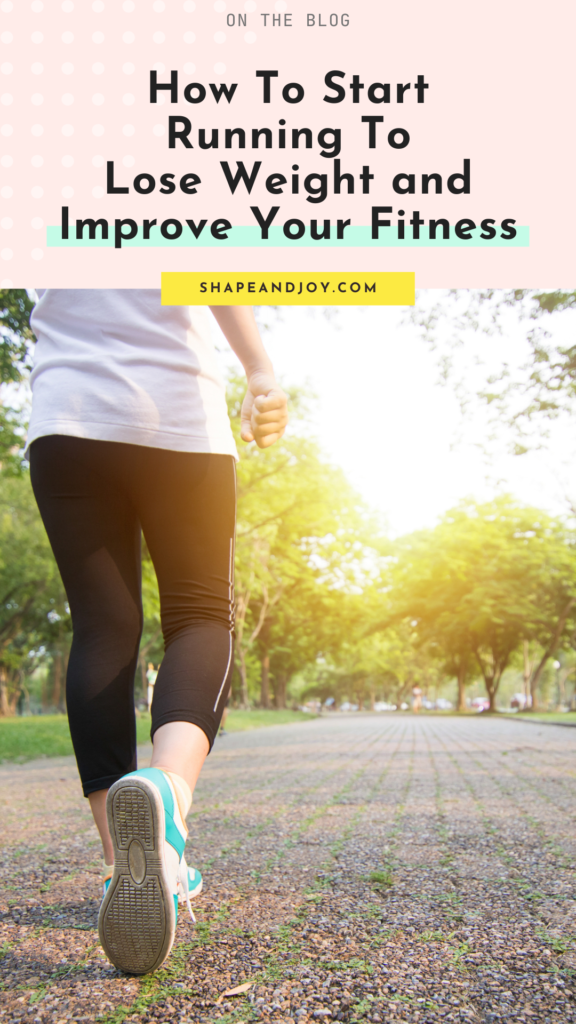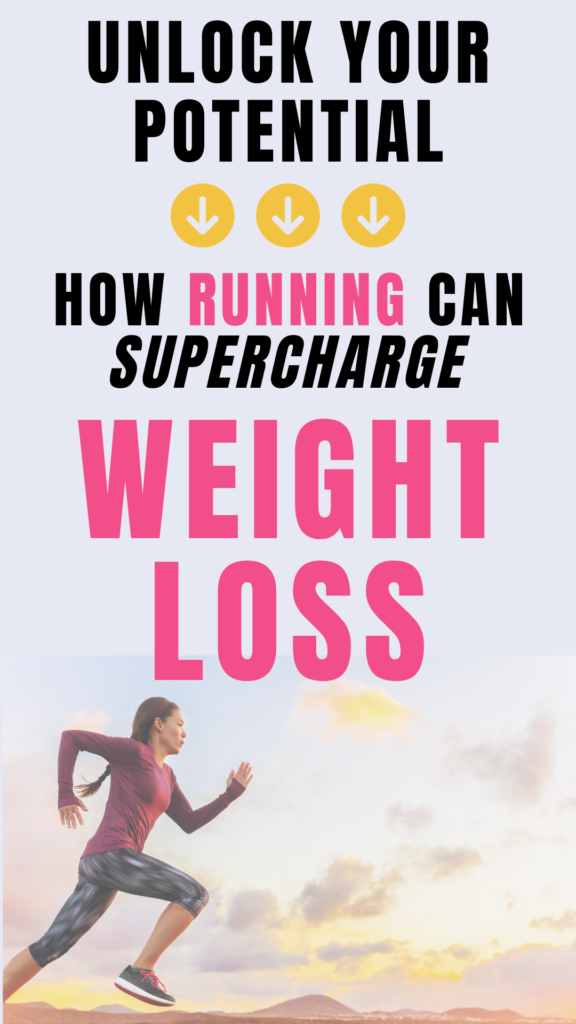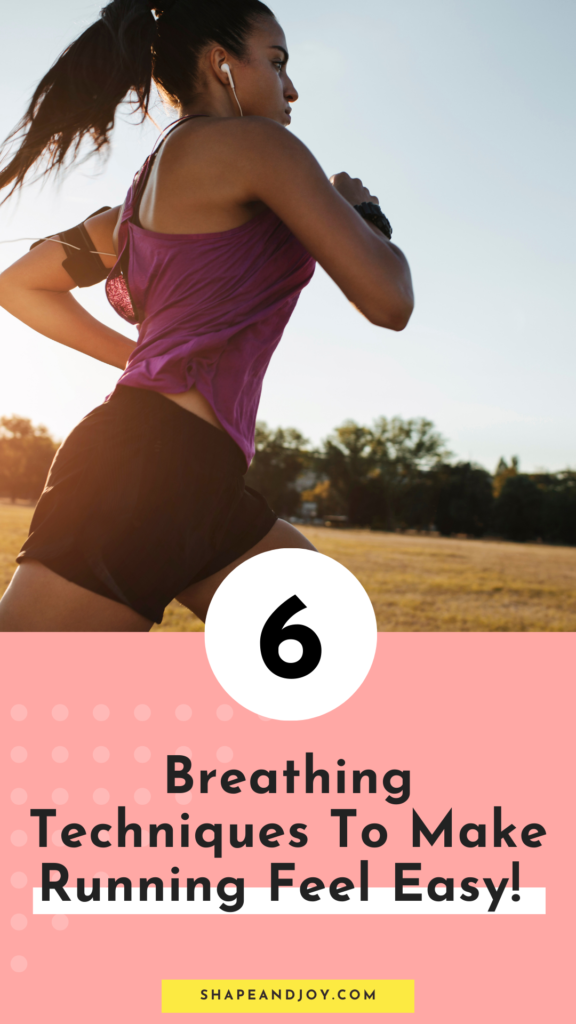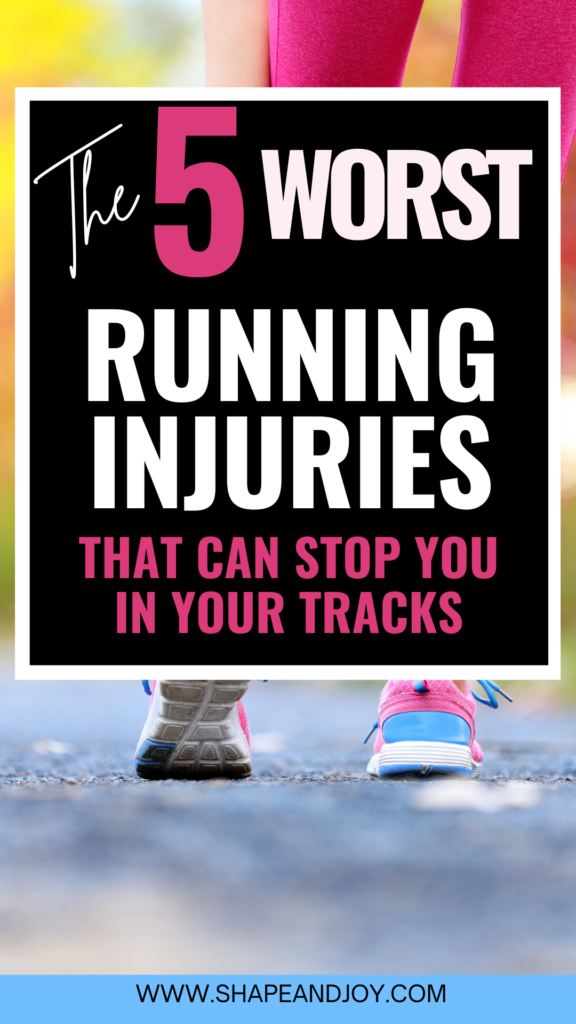7 Things Every Beginner Woman Should Know About Creatine

Right, let’s be honest. You’re putting in the hours at the gym or hammering out your first home dumbbell sessions, but your lifts feel a little… meh. You’re sweating, you’re trying, but you’re not seeing the gains you hoped for. Cue creatine.
Yep, that supplement everyone assumes is only for gym bros. But here’s the truth, it’s a beginner-friendly, safe, and effective way to boost strength, energy, and recovery.
In this post, we’ll break down 7 things every beginner woman should know about creatine. From understanding how it works in the body, to debunking myths and integrating it into your routines, you’ll get the full picture.
By the end, you’ll know why it’s not scary, how to use it safely, and how it can actually make your beginner strength training sessions more effective, and a lot more fun.
1. Creatine Packs a Serious Punch for Strength
First things first: creatine helps your muscles produce energy faster during short, intense efforts. That means when you’re lifting heavier or aiming for that extra rep, you’ve got a bit more oomph.
Beginners often notice strength gains within just a few weeks when combining creatine with structured workouts.
Practical tip: Start with creatine monohydrate, the most studied and effective form. A small daily dose is plenty for your first month, and there’s no need to load or overcomplicate things.
If you’re doing a 1-hour gym workout for beginners or a short dumbbell-only workout program, creatine can help you push through the tougher sets and feel more energised.
2. Supports Muscle Growth Without Bulk Panic
Ladies, let’s put the myth to bed: creatine won’t suddenly make you bulky. What it does is help your muscles retain water and recover faster, creating a slightly more “anabolic” environment.
For beginners following strength workouts for women or a home dumbbell routine, this can translate into faster visible gains and improved muscle tone.
Some beginners love tracking their creatine before and after women results, it’s incredibly motivating to see progress in a few weeks, even if it’s just more reps, better form, or slightly firmer muscles.

3. Safe and Beginner-Friendly
A lot of women shy away from supplements because of myths or horror stories. Here’s the reality: taking creatine for women in recommended doses is safe.
You don’t need to worry about bloating, hormones, or side effects if you’re healthy and hydrated.
Beginners can use it alongside a beginner strength training routine for women, a home exercise plan, or bodyweight strength training, making it accessible no matter where you train.
Think of it as a little edge for your training, not some chemical shortcut.
4. Boosts Recovery Between Sets
If you’ve ever been halfway through a set and thought, “I just can’t,” creatine might be your new best mate. By increasing ATP availability, it allows your muscles to recover faster between sets.
This means that whether you’re smashing a 1-hour gym session for beginners, a 10-minute dumbbell workout, or a 20-minute bodyweight workout, you can push a little harder without burning out.
It’s particularly useful for beginners juggling multiple exercises or learning how to structure reps & sets efficiently. Recovery is everything when you want to see consistent progress without soreness derailing your week.
📌 Pin this for later! ⬇

5. Timing Isn’t Everything – Consistency Is
Here’s a liberating fact: you don’t need to stress over taking creatine pre- or post-workout. What matters most is taking it consistently, every day.
Beginners should focus on forming the habit rather than obsessing over “perfect timing.”
Practical tip: Pair creatine with your full-body strength training plan or beginner dumbbell routine.
You’ll see energy, recovery, and strength benefits without any fuss. The small, consistent action beats perfect timing every single time.
6. Tracking Progress is Key
Beginners often underestimate the power of tracking. Noting lifts, reps, and creatine before and after women results is hugely motivating. You might notice you’re lifting heavier, completing more reps, or feeling less fatigued after just a few weeks.
Even a simple log, jotting down your strength workouts for women, home dumbbell exercises, or bodyweight training sessions, gives you measurable proof that your effort is paying off.
This is the kind of positive reinforcement that keeps beginners showing up week after week.

7. Myths Busted
- Myth: Creatine makes women bulky → Reality: mostly hydrates muscles, supports strength.
- Myth: It’s unsafe → Reality: research shows creatine monohydrate benefits are well-studied and safe.
- Myth: Only for gym buffs → Reality: even beginners see improved strength, endurance, and recovery.
Understanding the truth about creatine makes it much less intimidating, and it can safely complement your beginner strength training tools, home strength training routines, and full-body dumbbell workouts.
Bonus Tips for Beginners
- Stay hydrated: Creatine works best when your muscles are hydrated.
- Pair with protein: Supports muscle repair alongside your exercise routine for women.
- Start slow: A single scoop daily is more than enough for your first few weeks.
- Track progress visually: Take photos or notes on lifts to see real change.
These simple tweaks help you make the most of creatine without overthinking it.
Read These Next
- Strength Training 101: How to Get Started Without Feeling Overwhelmed
- How Many Reps & Sets Do You Really Need as a Beginner?
- The Best Beginner-Friendly Strength Training Split
Conclusion
Creatine is a safe, effective, and beginner-friendly supplement for women starting strength training. From boosting energy to supporting recovery and muscle growth, it pairs perfectly with Strength Training.
Take it consistently, track your progress, and watch your confidence, and results, grow.
Next Steps
“Consistency beats perfection, strength comes from showing up and doing it smart.”
- Read This Next: Strength Training 101: How to Get Started Without Feeling Overwhelmed
- Full Series: Check out the complete Strength Training Starter Pack
📌 Pin this for later! ⬇

















































